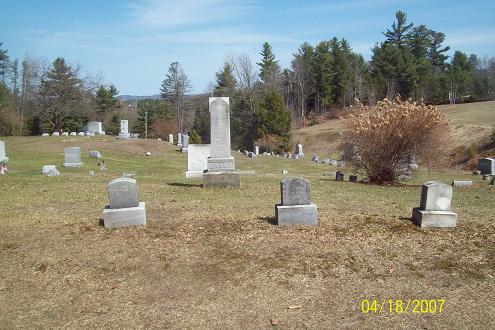One of my favorite things to do on a sunny spring afternoon is walk through local cemeteries in search of ancestors who are buried there. No, I have not gone insane, nor do I have an infatuation with the dead or morbidity. Cemeteries are actually a very peaceful place to take a walk, and there is information on tombstones that can come in useful for genealogical research.

Information that can be found on tombstones includes birth and death information, a woman’s maiden name, parent’s names, town of origin, and military service. You may also discover the nearby grave of an infant son or daughter, or other relatives you may not have known about previously. It is always a good idea to look at tombstones near your ancestor’s stone for this reason.
Cemetery records can also contain useful information to genealogists, such as sexton’s records, burial locations, tombstone inscriptions, and more. These records may be located at the cemetery’s office, libraries, churches, genealogical societies, and courthouses.
You can discover the burial location of your ancestors in obituaries and death certificates. You may also be able to find a burial location on a “virtual cemetery”, such as Find A Grave or Interment.net. I even recommend helping other genealogists by adding new burial information to these sites as you find them.
Once you find the tombstone you are looking for, write down the information exactly as it appears on the stone. You should also take a photo of the stone. I usually take several photos of the same tombstone: one of the stone itself, a close-up of the inscription (to make it easier to read later on), a shot of nearby tombstones that are linked (or possibly linked) to my ancestor, and one of the cemetery’s sign (if one exists). If there is overgrown grass, flowers, or other decorations covering any part of the inscription, move it away from the stone while you take your pictures, but remember to put them back when you are done (of course, with the exception of the grass).

